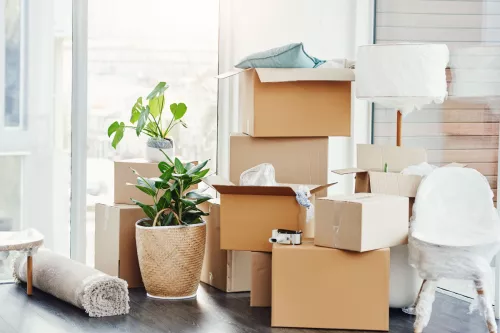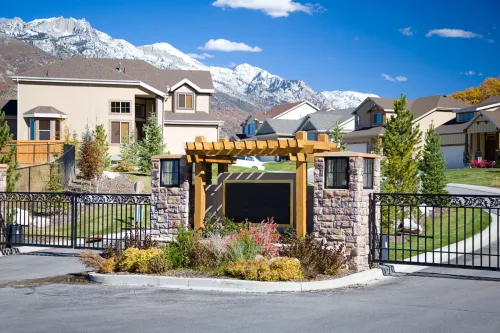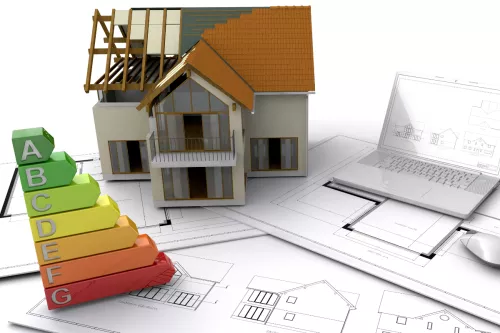It’s hard to not get impressed by an industrial style loft. The exposed bricks and pipes, open space, large windows and high ceilings are undeniably stylish features. They originated from the conversion of industrial buildings into residential spaces.
We will delve into the core aspects of the industrial style loft, explore its different variations and prices as well as provide information to help you understand if a loft apartment is the right choice for you.
What is an Industrial Style Loft?
Industrial style lofts are also called warehouse lofts, hard lofts, and urban lofts. They used to be industrial buildings or warehouses in the 50s and 60s and were converted into livable spaces. At the time they were sold very cheap, unlikely nowadays.
Imagine exposed brick, ductwork, pipes, and a generous use of metal and wood - these features can help you visualize industrial style lofts. They create a living space that feels both expansive and grounded in history.
It is as much about utility as it is about aesthetics, that’s why in the beginning they were the artist's favorite. Furniture and décor in the industrial style loft are often chosen for their functionality and their ability to stand out as individual pieces of art.
The color palette is typically muted - grays, terracotta, blacks, and whites - which allows the structural features and chosen furnishings to really accentuate the space.
Historical Roots
Originating from the lofts of New York City in the 1960s and '70s, these spaces used to be illegally occupied by artists seeking large, affordable spaces to live and create. Then they began to be sold very cheap at the time for people looking for affordable places to live.
Over time, what was a necessity became a trend, transforming industrial spaces into sought-after residences that embraced their manufacturing past.
What are the Different Types of Hard Loft Styles?
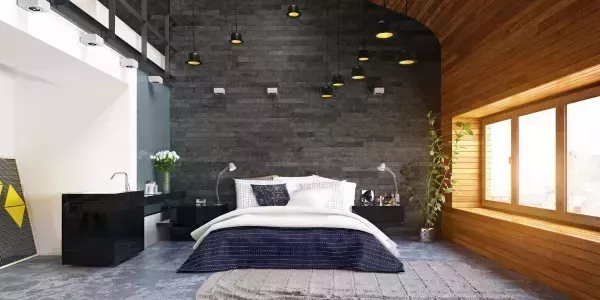
The industrial loft is iconic, and though there are many variations, there are some elements that are in common among them. Let’s take a look at a few of the main types:
Hard loft
This is the traditional industrial loft, first created in abandoned buildings, these lofts served as commercial or studio spaces for artists and later transitioned into official livable spaces. This made them attractive, affordable housing options at the time, since they were sold or rented so cheap.
Loft conversion
Just like it sounds, when an unfinished part of the house is converted into a finished, loft-style livable space, you have a loft conversion. Many owners usually take advantage of the attic above the house or garage and convert it into a fully functional room.
Live-work loft
A live-work loft is a residential space where you live and work. The loft is also zoned for commercial use. It usually features the warehouse's original look, with exposed raw bricks, enormous windows, and an open, spacious living area.
How much do industrial lofts cost?
Lofts usually come with a higher price tag, be it for the utilities cost, for rent or for purchasing one. Remember that this style of homes started in the 50s, meaning that they are old constructions and consequently their gas or electricity bill, for example, will be higher.
To own an industrial loft you won't be cheap either. Hard loft are in the market costing around $95 to $230 per square feet. A loft conversion costs sit somewhere between $95 to $550 per square foot. A live-work loft prices range from $64 to $577 per square feet. These prices change according to location. In Manhattan you will find higher prices, for example.
Furnishing Your Own Industrial Loft
Industrial lofts are really breathtaking apartments, and furnishing one can be a fun challenge to take on. You can combine your own personality with the hard loft features.
Take advantage of the natural light
Industrial lofts can pass a “cold feeling” due their bare features. Good natural light can bring more warmth and help you create a pleasant ambiance. And, being that most lofts have large windows, getting natural light into the loft shouldn’t be too difficult. Just be aware of the direction that the windows face.
Be creative when dividing ambiances
The lack of walls gives you the opportunity to be creative when dividing spaces in the loft. You can use folding screens, double-sided shelves, and large area rugs to create differentiated ambiances.
Make it cozy for you
A raw industrial loft can pass us the feeling of something impersonal. Incorporating welcoming furnishings, plush accent pillows, fuzzy blankets, and splashy rugs will add personality and warmth. Don’t be shy with live plants (or convincing artificial ones) for a more natural feel.
What are the downsides to warehouse lofts?
Though lofts are a dream for many, there are aspects of living in one that you should be aware of before you make the decision. The drawbacks of loft spaces might be unexpected, so check out this list and see if any of these would be deal-breakers for you.
Lack of storage
While loft spaces are large, they are also open, meaning, you may not have as many proper storage options. Consider buying furniture with storage inside,or get creative and make an inconspicuous storage space. You could also build closets or wardrobes, but doing so could get expensive.
Fewer amenities
Apartment buildings often come with the building’s amenities such as a fitness center or pool. Warehouse loft buildings are less likely to include them.
Less privacy
Because lofts come with fewer walls than apartments, they tend to offer less privacy. If you need to rent out a part of your loft to make the bills, you might have more difficulty doing so because of this lack of privacy. While there are many options in terms of divisors, sound can still be an issue.
Higher housing costs
The lofts of today are much different from those of the 50 and 60s, especially in terms of price. Since the popularization of the loft, they have become increasingly expensive. Also, because they are often in the centers of big cities, there is a premium on their location, as well.
Higher utility bills
It will simply take more energy to heat a loft because of its proportions and design. Being one large space, for example, means that you cannot heat just one room, or cool just one area of the loft. You must cool or heat the entire space, which can get costly. Also, the large windows make it easier for the outside temperature to influence the inside temperature. Finally, if the windows are not isolated, this can make for a drafty loft.
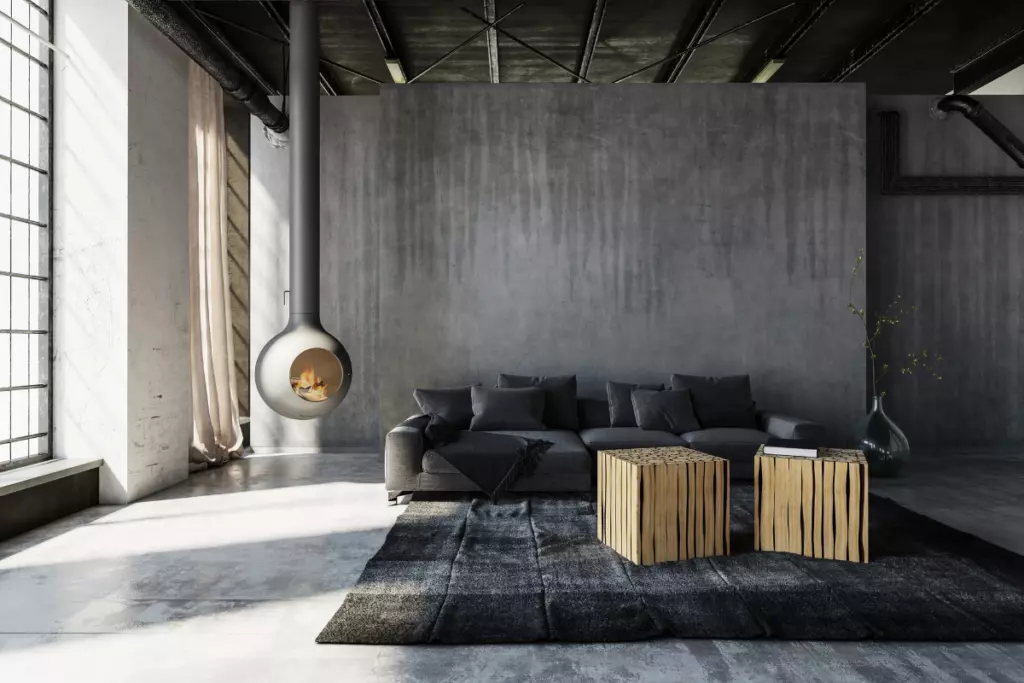
 Marcio Vasconcelos
Marcio Vasconcelos

